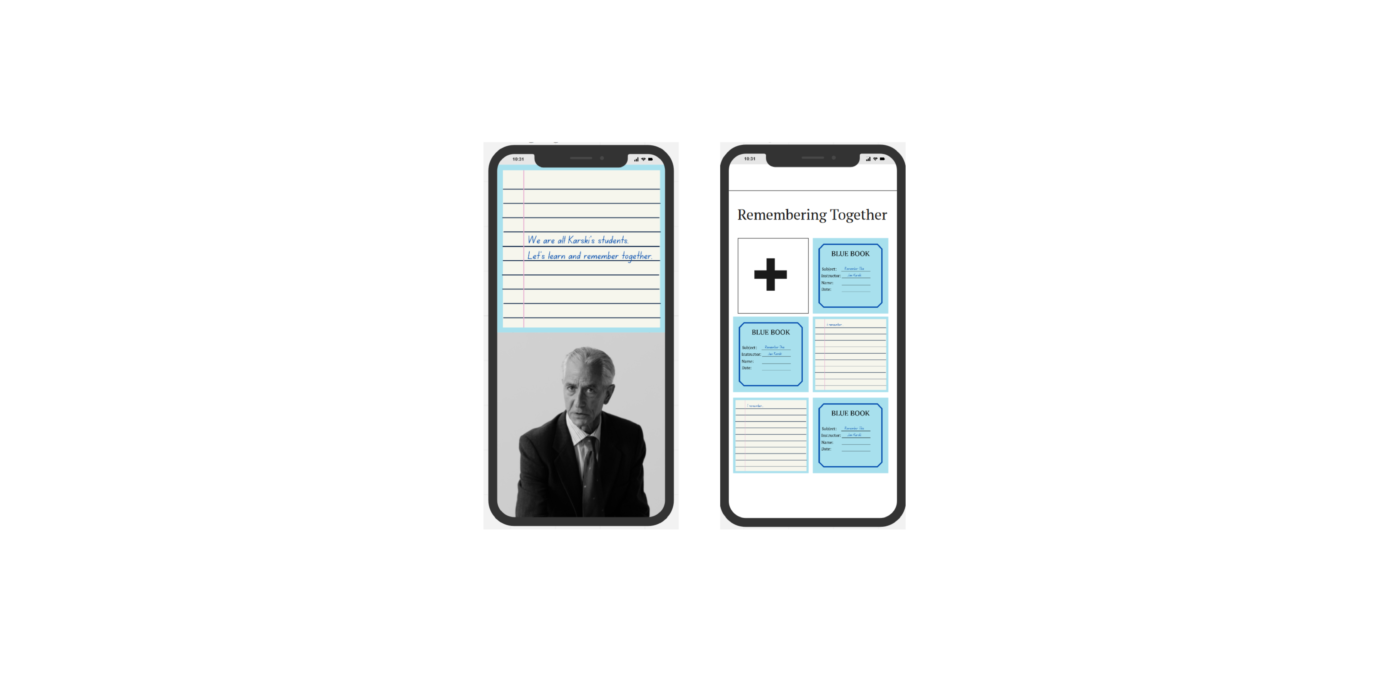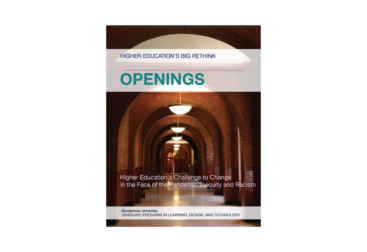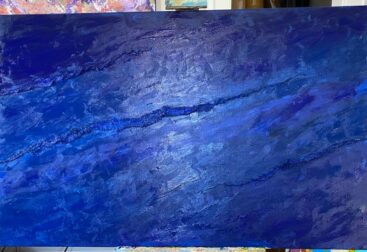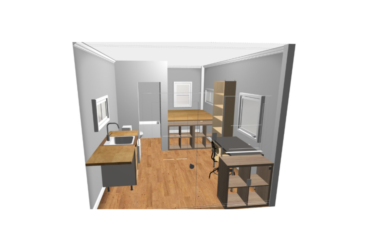Overview
For this prototype I wanted to explore what it could look like to facilitate a broad-based initial engagement following the Remember This: The Lesson of Jan Karski play that would allow as many audience members as possible to share their reflections and reactions in a semi-structured way. I decided to pursue the theme of audience members as students of Karski further by designing the visual components of the engagement to mirror the designs of examination blue books. I kept the design clean and minimal, using an Instagram-style feed of square thumbnails showing an alternating series of blue book covers and handwriting-style text entries from audience members sharing their reflections.

The outline of the engagement is simple. QR codes would be strategically placed on the back of seats in the theater and on any physical copies of the play programs so that audience members have easy access to scan the codes and land on the welcome page. The welcome page introduces the framing of audience members as students of Karski and invites them to join in sharing their reflections on the play. I wanted to provide space for audience members who are at earlier stages of aesthetic development or simply need some more time to process the play before diving more deeply into the implications of the play, so I decided to create a different initial question for audience members than is currently listed on the “Wall,” the current engagement available to visitors of the Karski website. My hope is that this new initial question, “How do you bear witness in your own life?” will allow audience members to reflect on their own personal experiences and provide a foundation for exploring the broader implications of the lessons of the play. I included the current question, “When we see what is going on in the world, is there more that we should do that we are not already doing?” as a second option for audience members to respond to, starting shift the focus away from individual responses to an examination of global injustice and our societal responses.
Our class discussions, archive visit, and our discussions with the directors Clark Young and Derek Goldman, all helped shape the design of my prototype. The background materials on the play and discussion with the directors was formative in terms of helping me develop the idea of audience members being students of Karski and helping me get a clearer sense of Clark and Derek’s goals and hopes for what the play can do in the world. I also got helpful feedback in our small groups and appreciated the chance to discuss the play as a class and get further insights into my classmates’ reactions to the play as a sample of the Karski audience.



